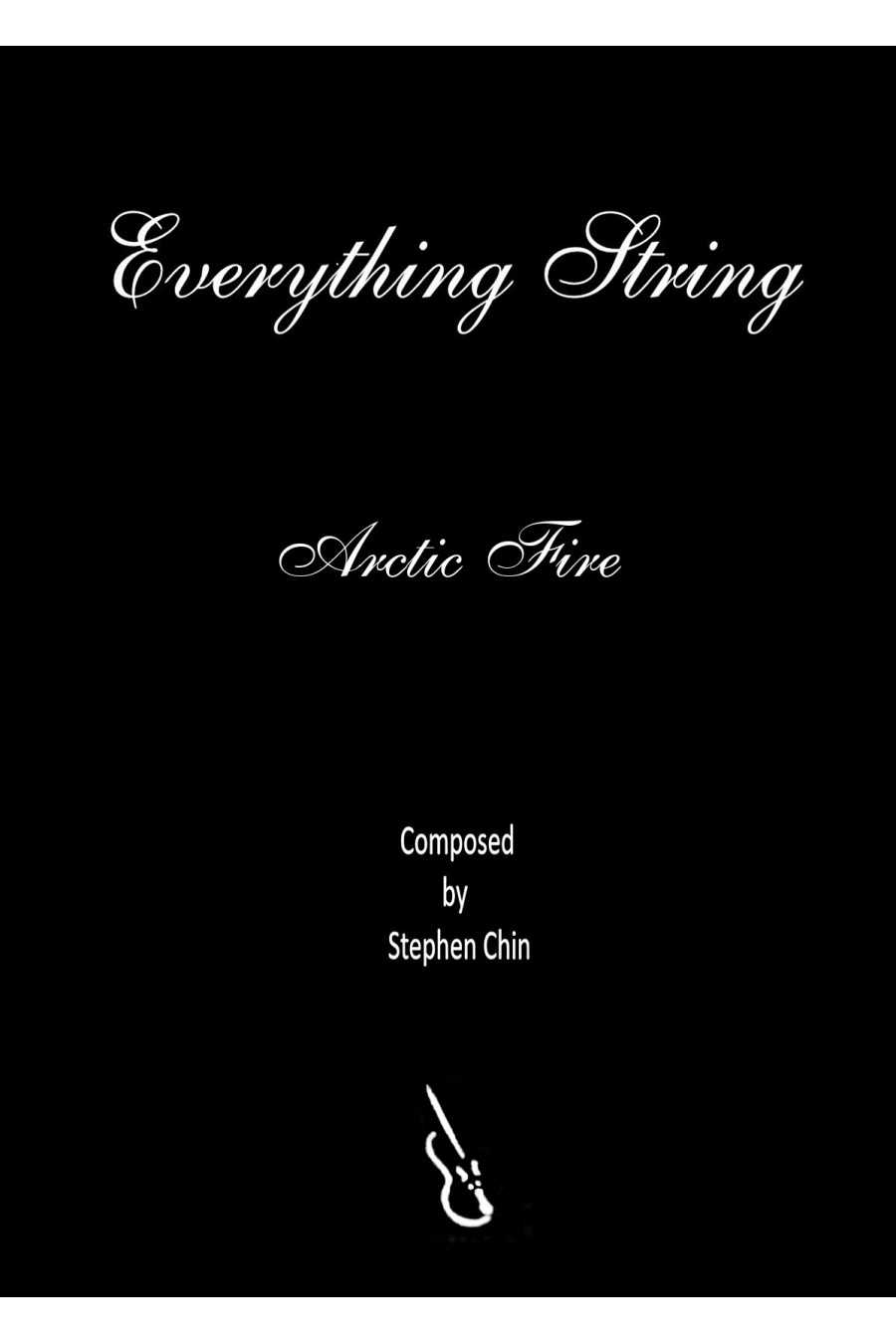

"Arctic Fire" is a mesmerising composition that takes the listener on a journey of tonal surprises. The sound of the first violin harmonics is piercing and ethereal, evoking the image of blowing ice in a desolate Arctic landscape. The piece features effective textures and shifts in melody, with even the bass having a significant solo. It's a powerful composition that inspires musicians to let their imaginations soar.
For String Orchestra Grade 3
The sound of the first violin harmonics in "Arctic Fire" is piercing and ethereal, evoking the image of blowing ice in a desolate Arctic landscape. As the music progresses, it takes the listener on a journey through a world of tonal surprises, featuring an array of techniques such as glissando, pizzicato, metrical changes, harmonics, tremolo, and drones. The piece is masterfully crafted, utilising effective textures that create a unique listening experience. A string quartet harmonises with the rest of the ensemble in one section, creating a beautiful and complex sound. The melody shifts throughout the composition, with each note leading seamlessly into the next. Even the bass has its moment to shine, with a significant solo that adds depth and richness to the piece. "Arctic Fire" is a composition that inspires musicians to let their imaginations soar and truly feel the power of the music.
For String Orchestra Grade 3
This is a shorter version of a musical piece for string orchestra, based on a longer version for massed strings. The piece is inspired by Samuel Coleridge's poem "The Rime of the Ancient Mariner", which tells the story of a ship at sea that experiences misfortune after an albatross is killed. The work expresses feelings of loss and grace. The faster section of the piece depicts the ship being tossed around by the rough ocean.
For String Orchestra Level 4
The Iching, a series of texts created by Emperor Zhou in the 9th century BC China, helps interpret thoughts and dreams. Its orchestral representation features an energetic section that paints a vibrant life in ancient China and concludes with thrilling cascades of repeated sixteenth notes.
Intense and emotional, the music evokes feelings of desperation, anxiety, and frenzy. The dark tones of G minor and rapid rhythm create a menacing atmosphere. The hammering rhythm eventually overtakes a noble melody played by the cellos.
For String Orchestra Grade 3.5
Beijing's summer gardens are a wondrous place for a nocturnal stroll. "Jasmine Nights" and "Dragon Fire" are two musical pieces that capture the essence of the city's beauty and excitement.
1. Jasmine Nights
2. Dragon Fire
For String Orchestra Grade 1.5
Dig Tree and The Elegy reflect Australia's early explorers' unfortunate fate, while Goin' Overland captures the excitement of exploring the outback. The latter features various string techniques that highlight the Australian essence of the music.
For String Orchestra Grade 1.5